In the sludge treatment of printing and dyeing plants, achieving sludge reduction and harmless treatment is a key goal of environmental protection and sustainable development. As a highly efficient solid-liquid separation equipment, spiral screw dewatering machine can achieve this goal in the following ways:

Printing and Dyeing Factory High Energy-saving Spiral Screw Sludge Dewatering Machine QXDL-351
1. Improve the dewatering efficiency of sludge
Optimize dewatering machine parameters: By adjusting parameters such as the speed, pressure and mesh aperture of the spiral screw, the dewatering efficiency of sludge can be improved and the water content of sludge can be further reduced. For example, appropriately increasing the screw speed and pressure can improve the dewatering effect, but energy consumption and equipment wear need to be balanced.
Choose suitable flocculants: Using efficient flocculants and conditioners can improve the dewatering performance of sludge, making sludge particles easier to be squeezed and dehydrated. Choosing flocculants suitable for the characteristics of printing and dyeing sludge can significantly increase the dryness of sludge and reduce the volume of sludge.
2. Reduce harmful substances in sludge
Pretreatment process: Before the sludge enters the dewatering machine, chemical or biological pretreatment processes can be used to remove some harmful substances in the sludge. For example, chemical oxidation (such as ozone oxidation) or biodegradation treatment can be used to reduce the organic matter content and toxicity in the sludge.
Deep dehydration: Deep dehydration of the spiral screw dehydrator can further remove water and soluble organic matter in the sludge. The sludge after deep dehydration has a lower moisture content and a smaller volume, while reducing the risk of leaching of harmful substances.
3. Stabilization of sludge
Heat treatment: The dehydrated sludge can be further reduced in moisture content by heat treatment (such as thermal drying or incineration), while killing pathogens and harmful microorganisms in the sludge. The properties of the sludge after heat treatment are more stable, which is convenient for subsequent treatment or resource utilization.
Solidification treatment: For sludge that needs to be landfilled or land-used, solidification treatment can be used. By adding a solidifying agent (such as cement, lime, etc.), the sludge is solidified to prevent the leakage of harmful substances and reduce pollution to the environment.
4. Reduce the final disposal volume of sludge
Resource utilization of sludge: Dehydrated sludge can be utilized as a resource in a variety of ways to reduce the final disposal volume. For example:
Sludge incineration: After sludge incineration, the heat energy recovered can be used in the production process of the printing and dyeing factory, while reducing the volume of sludge.
Sludge composting: For sludge with a high organic matter content, it can be used for composting and producing organic fertilizer after harmless treatment.
Sludge brick making: Sludge is mixed with a certain proportion of clay and fired into bricks for building materials.
Sludge drying: Through drying treatment, the moisture content of sludge is reduced to less than 10%, making it into dry powder, which is convenient for transportation and subsequent treatment, while reducing the volume and weight of sludge.
5. Environmental monitoring and compliance
Regular monitoring: During the sludge treatment process, the moisture content, harmful substance content (such as heavy metals, organic pollutants, etc.) and environmental emission indicators of the sludge are regularly monitored to ensure that the treated sludge meets environmental protection requirements.
Compliance disposal: Sludge should be disposed of in compliance with national and local environmental protection laws and regulations. For sludge that cannot be recycled, environmentally friendly disposal methods such as safe landfill should be selected.

 ENG
ENG
 English
English русский
русский Español
Español Tiếng Việt
Tiếng Việt ไทย
ไทย
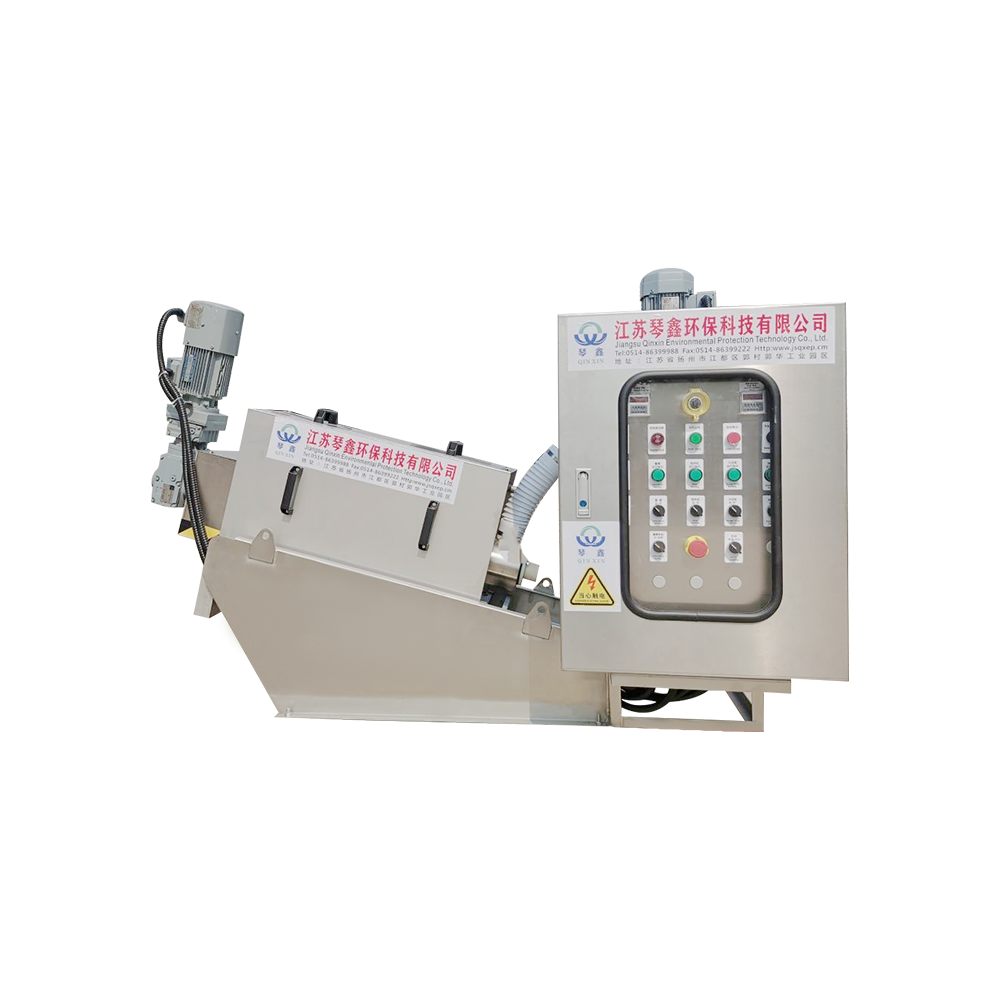
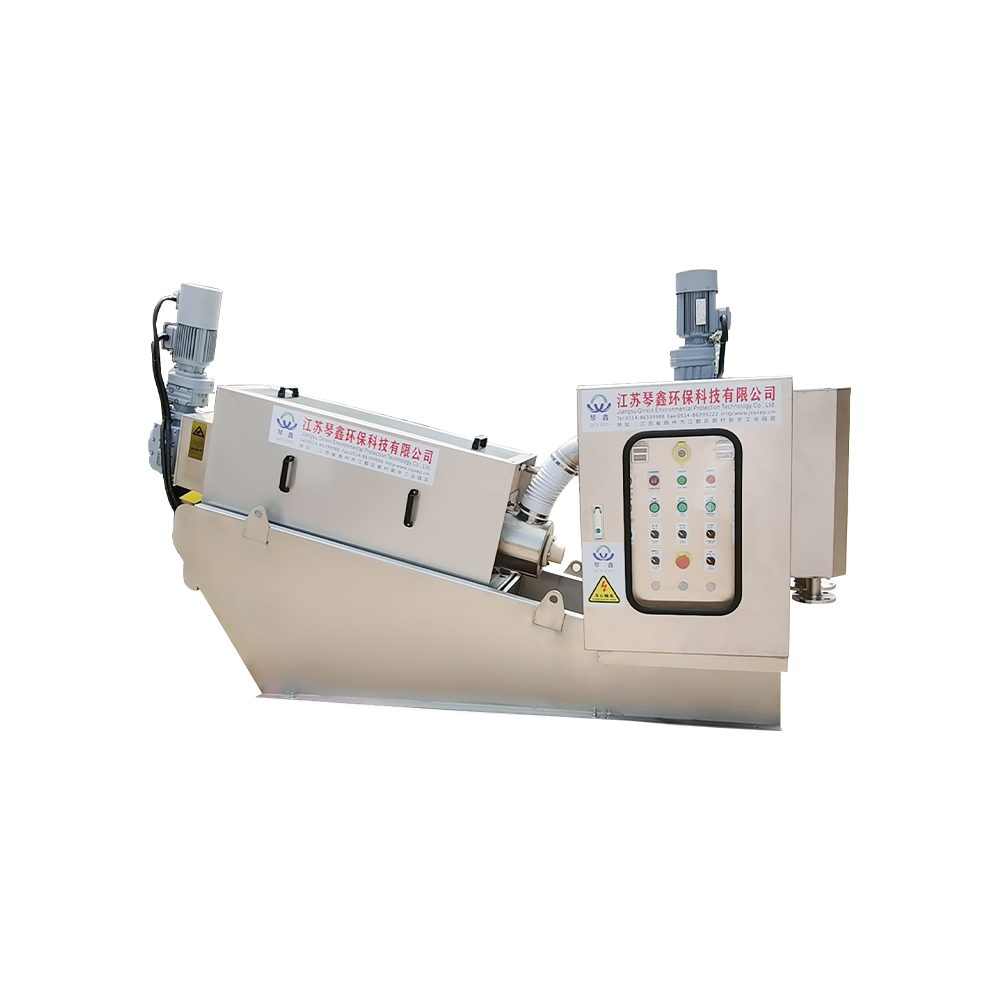
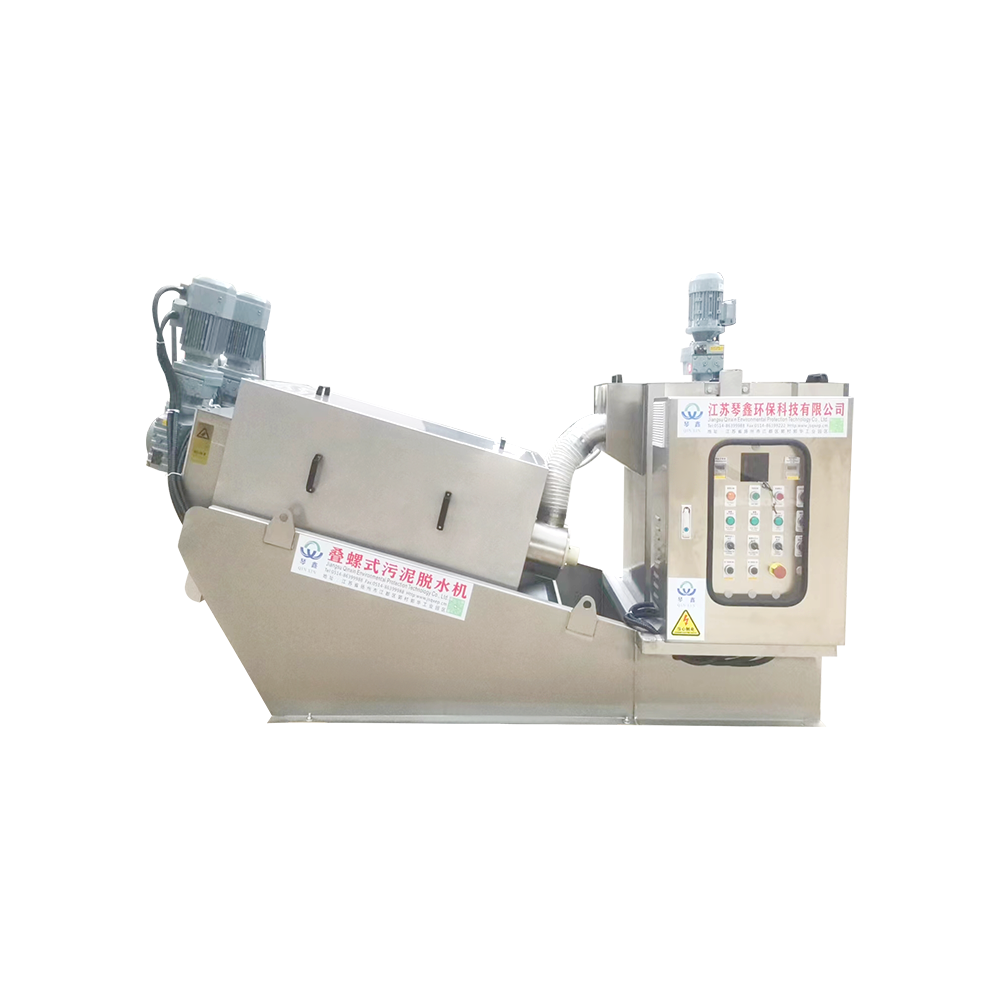
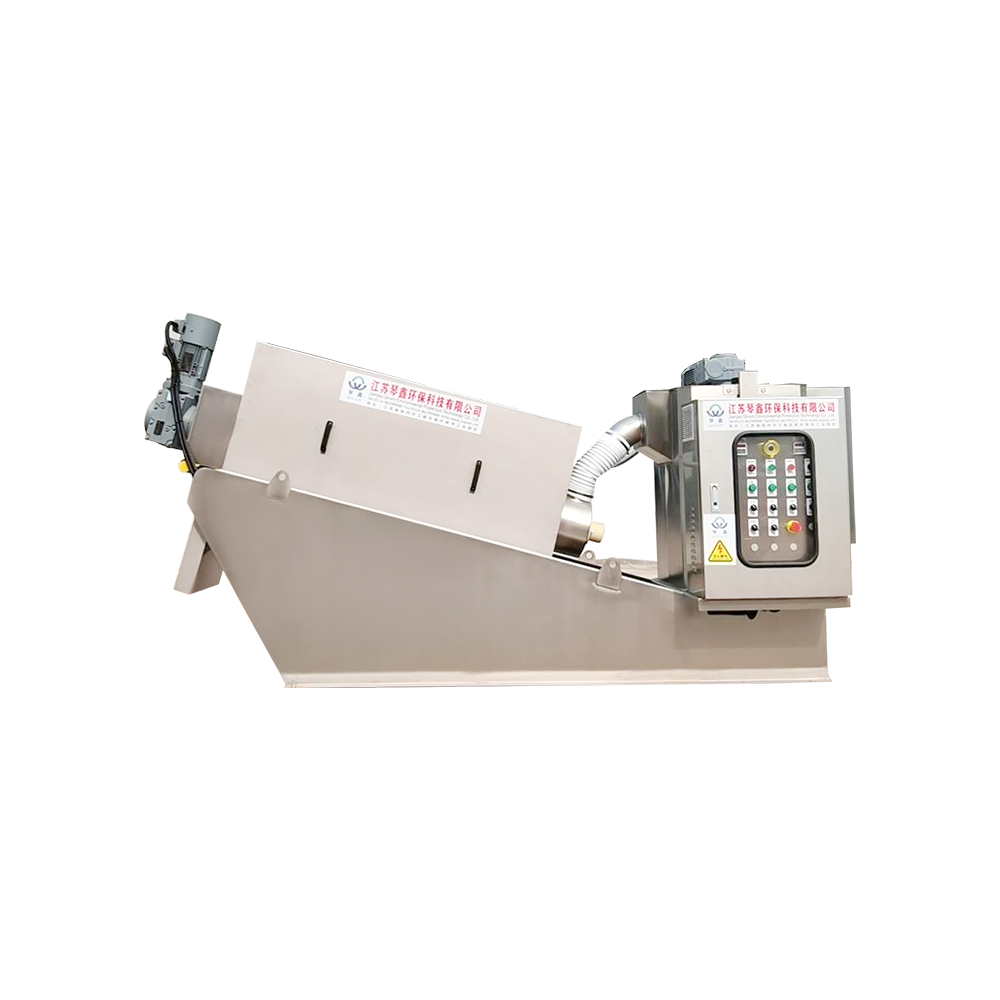
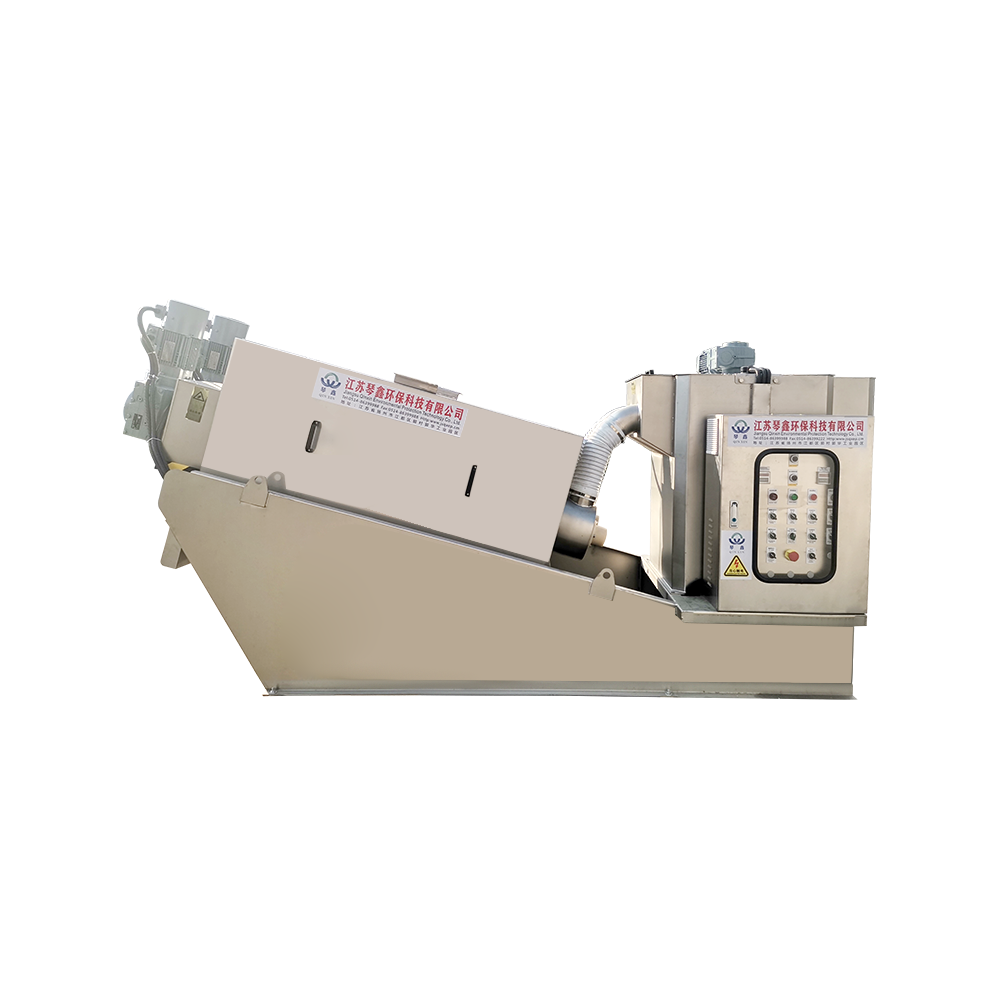
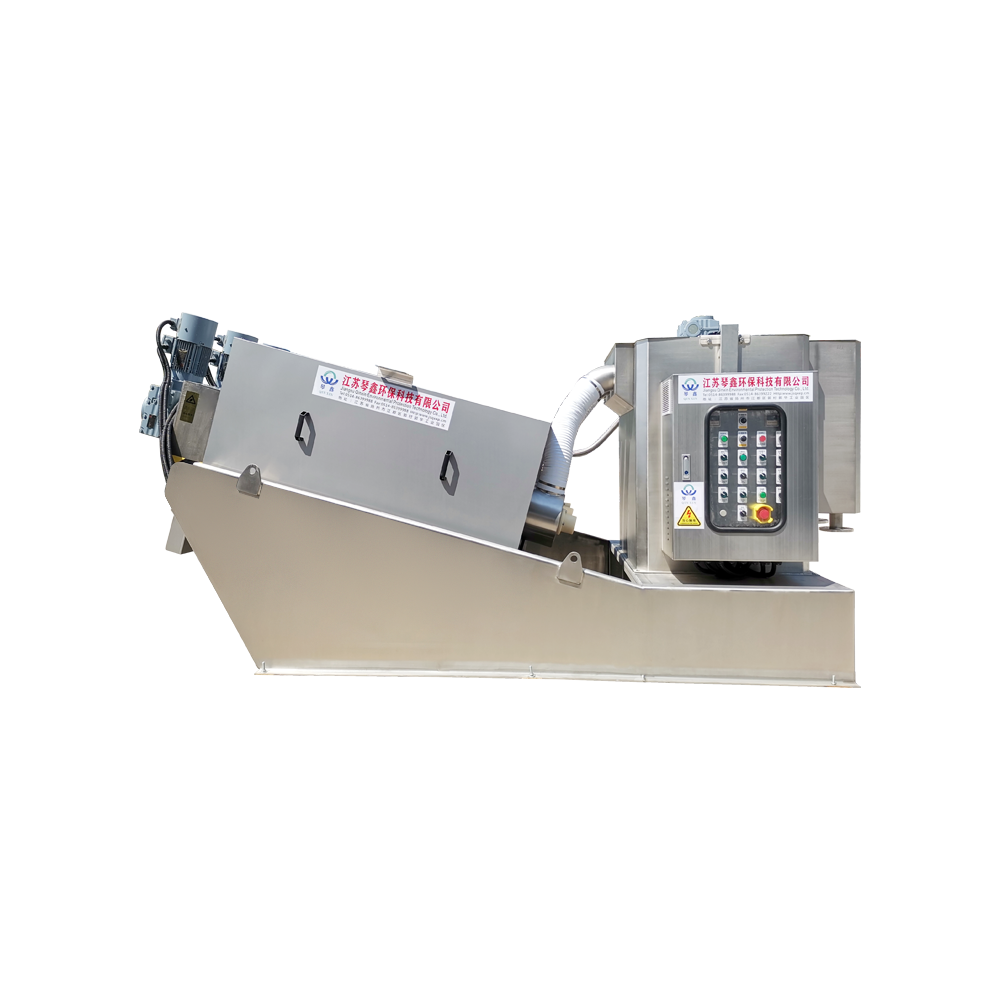
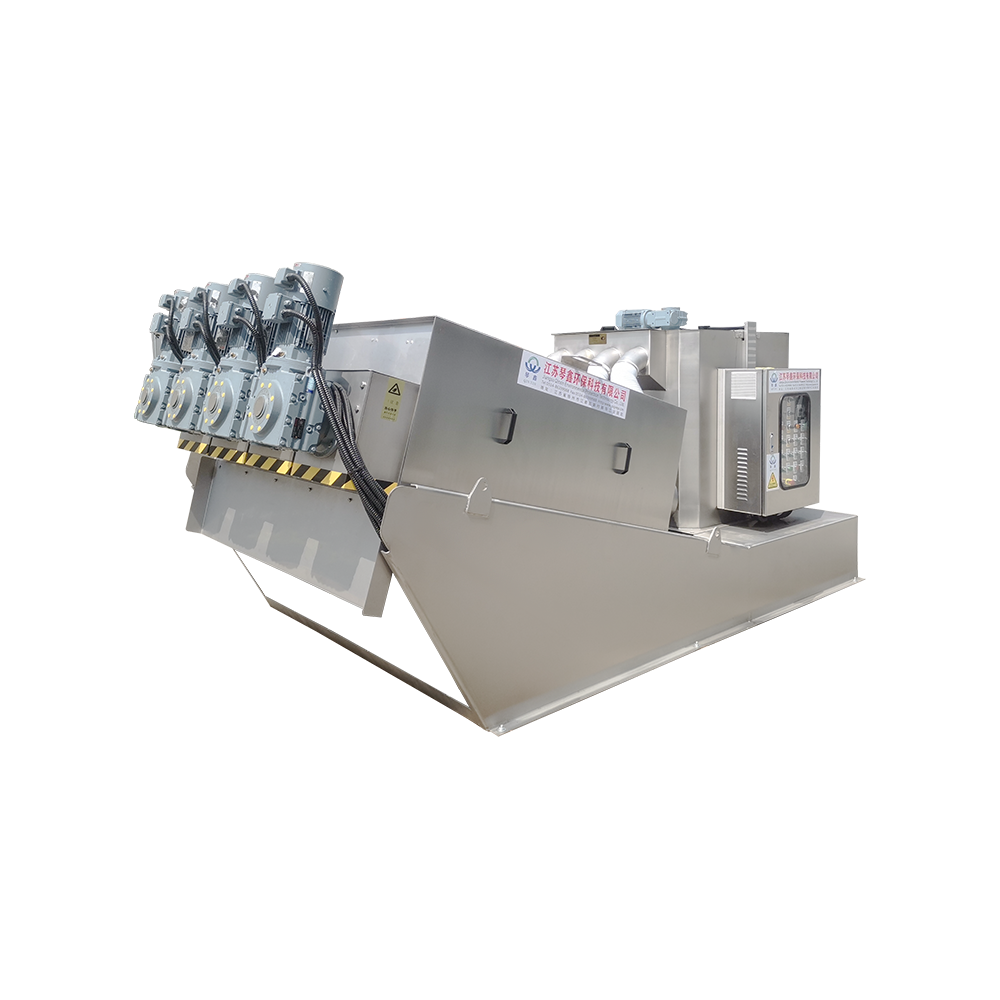
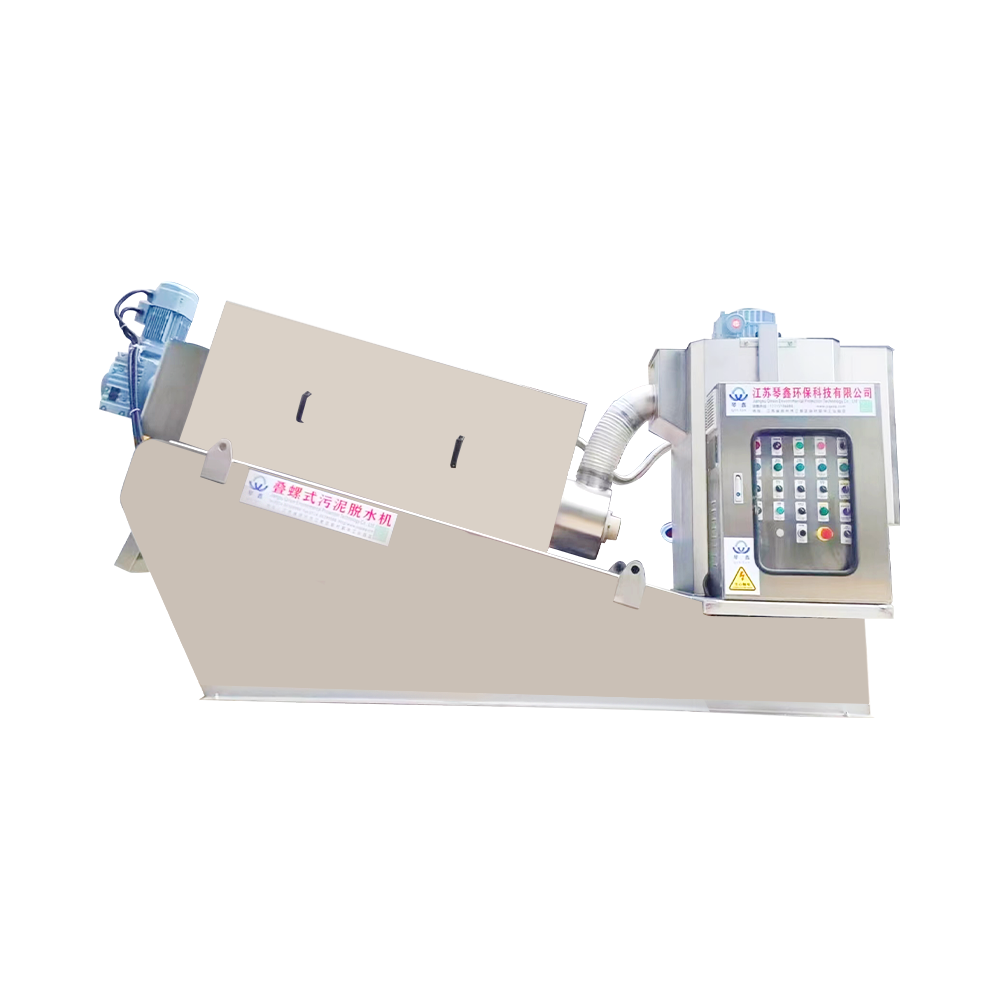
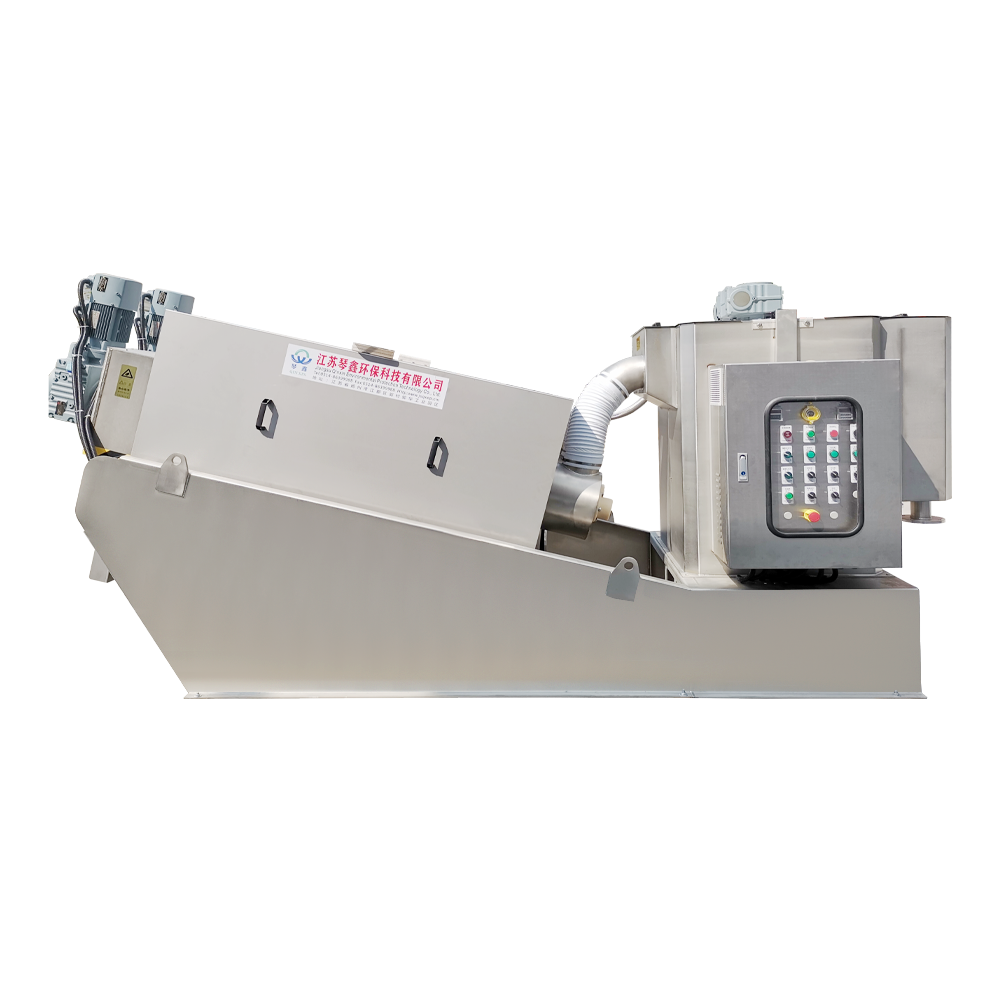
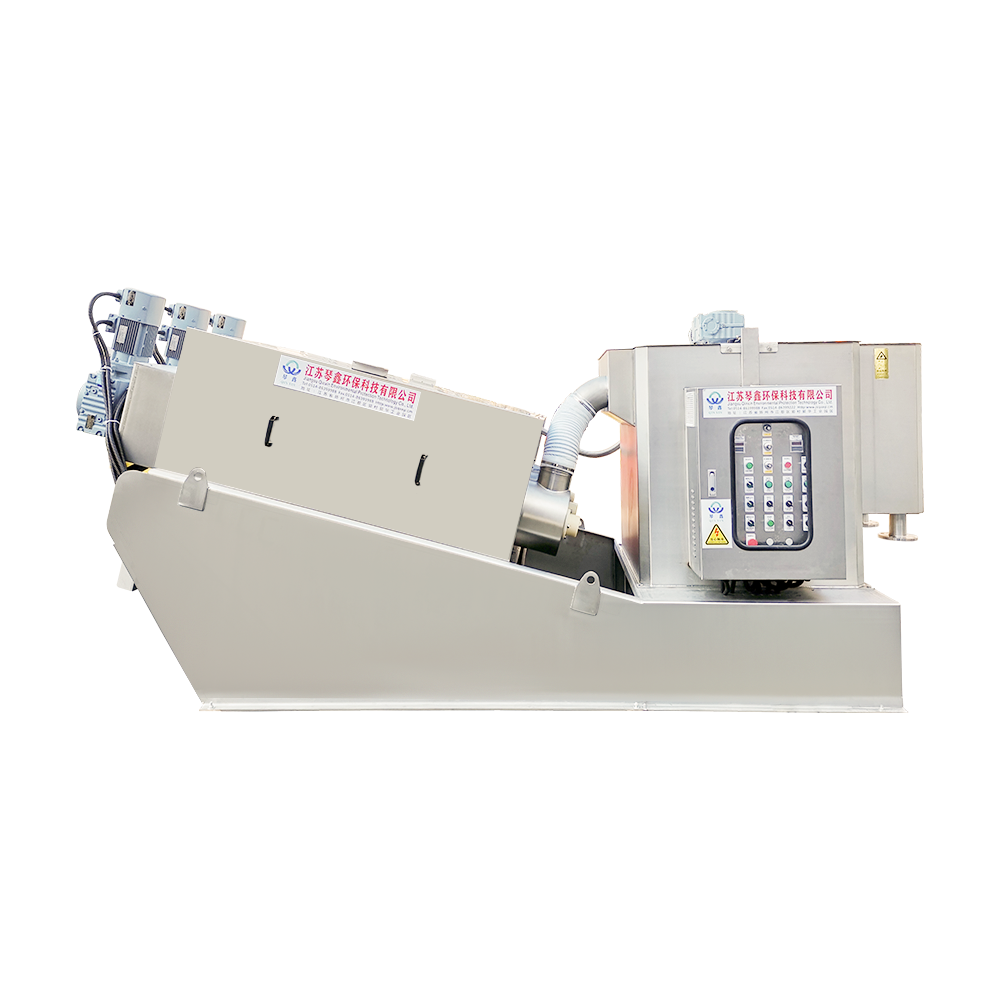
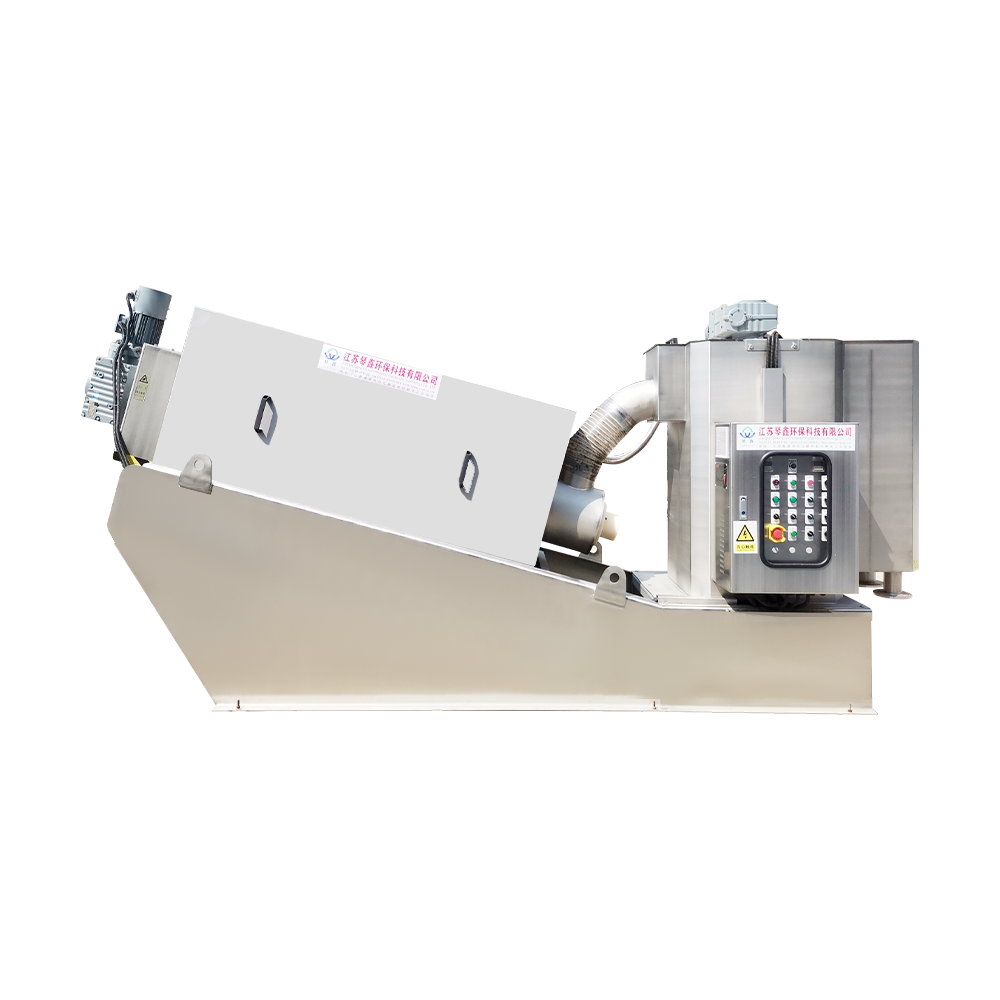
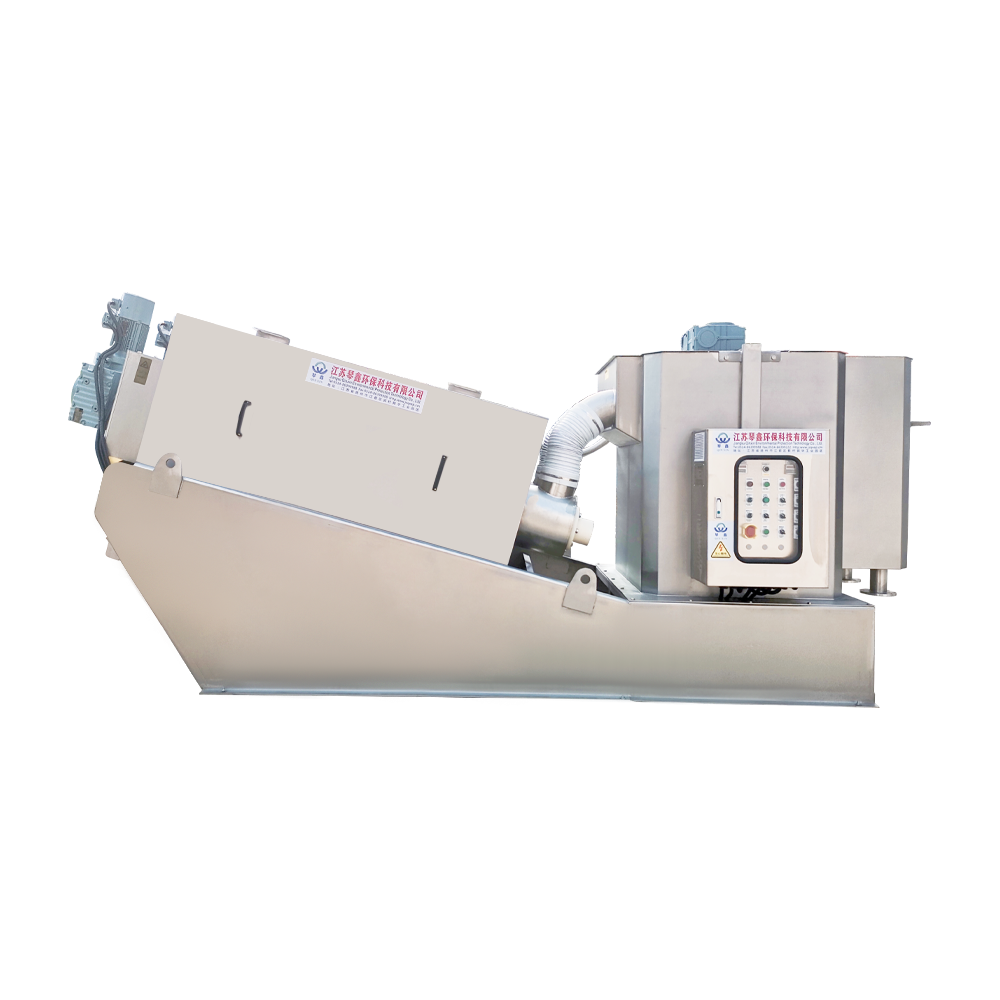
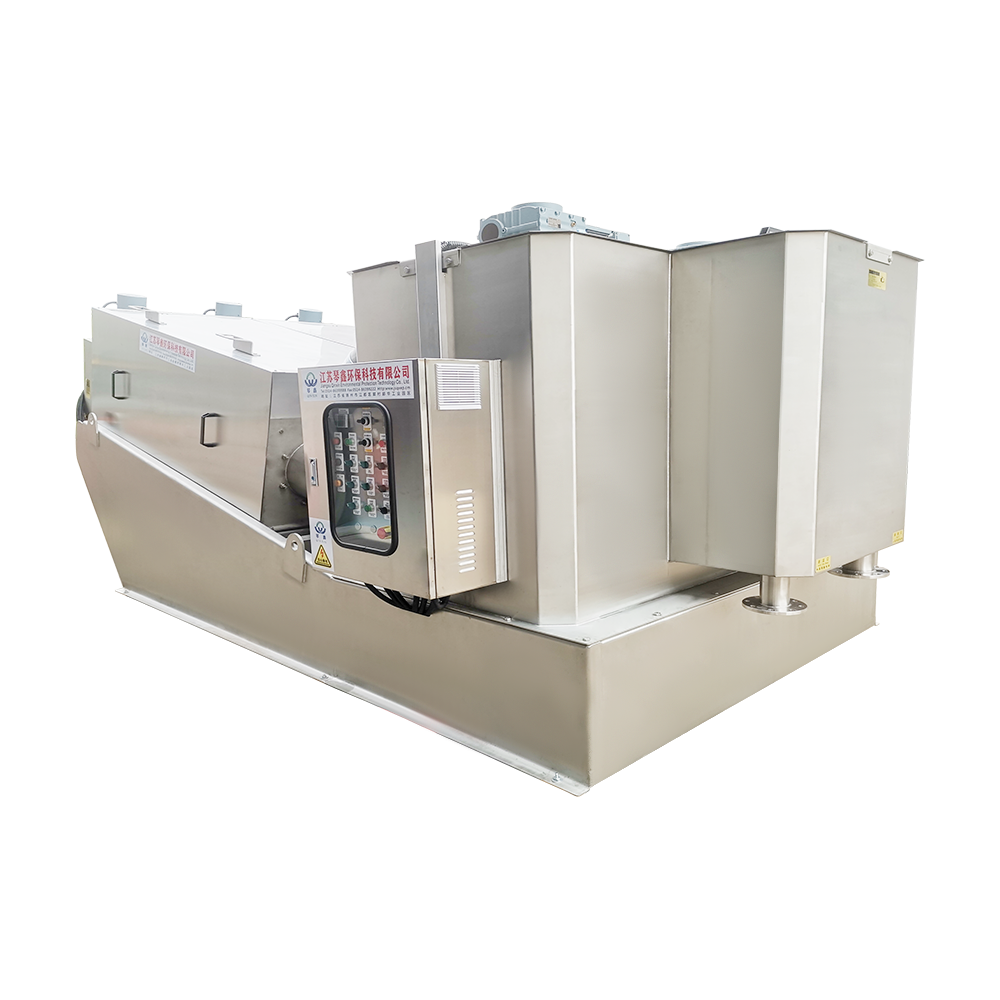
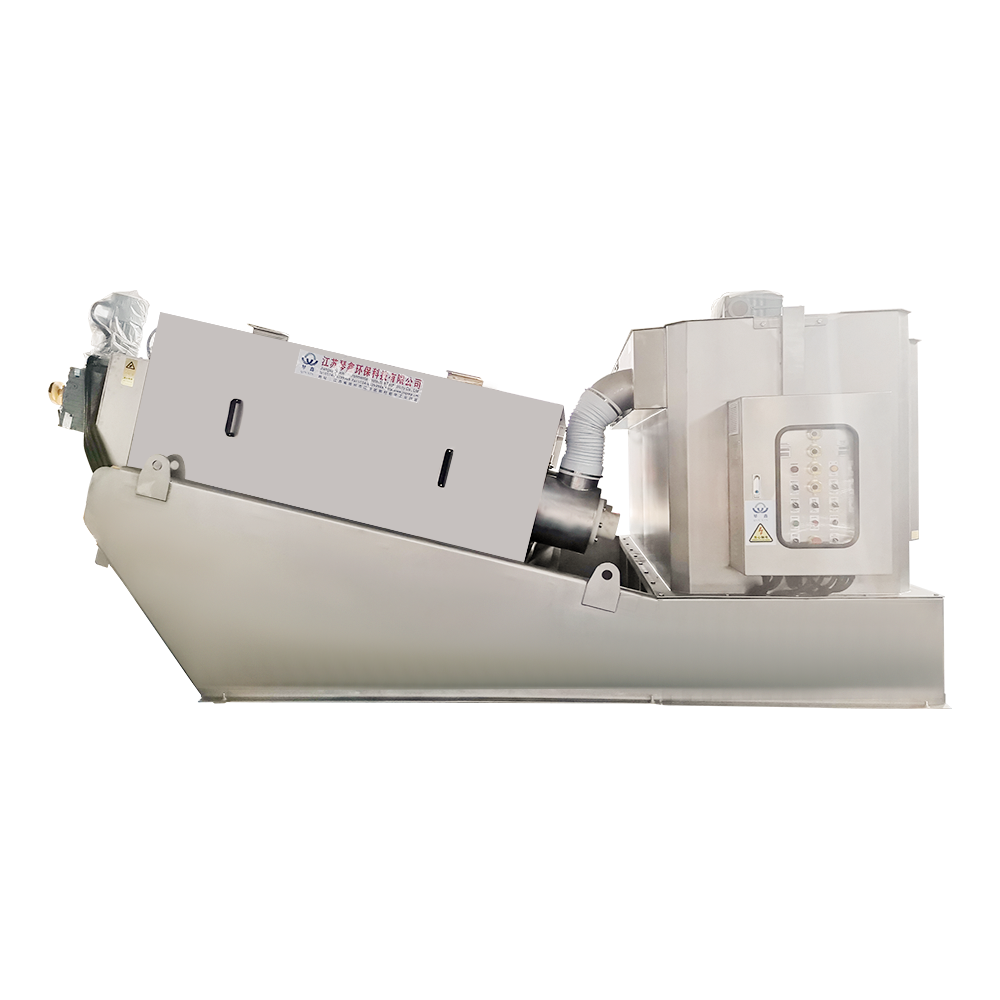
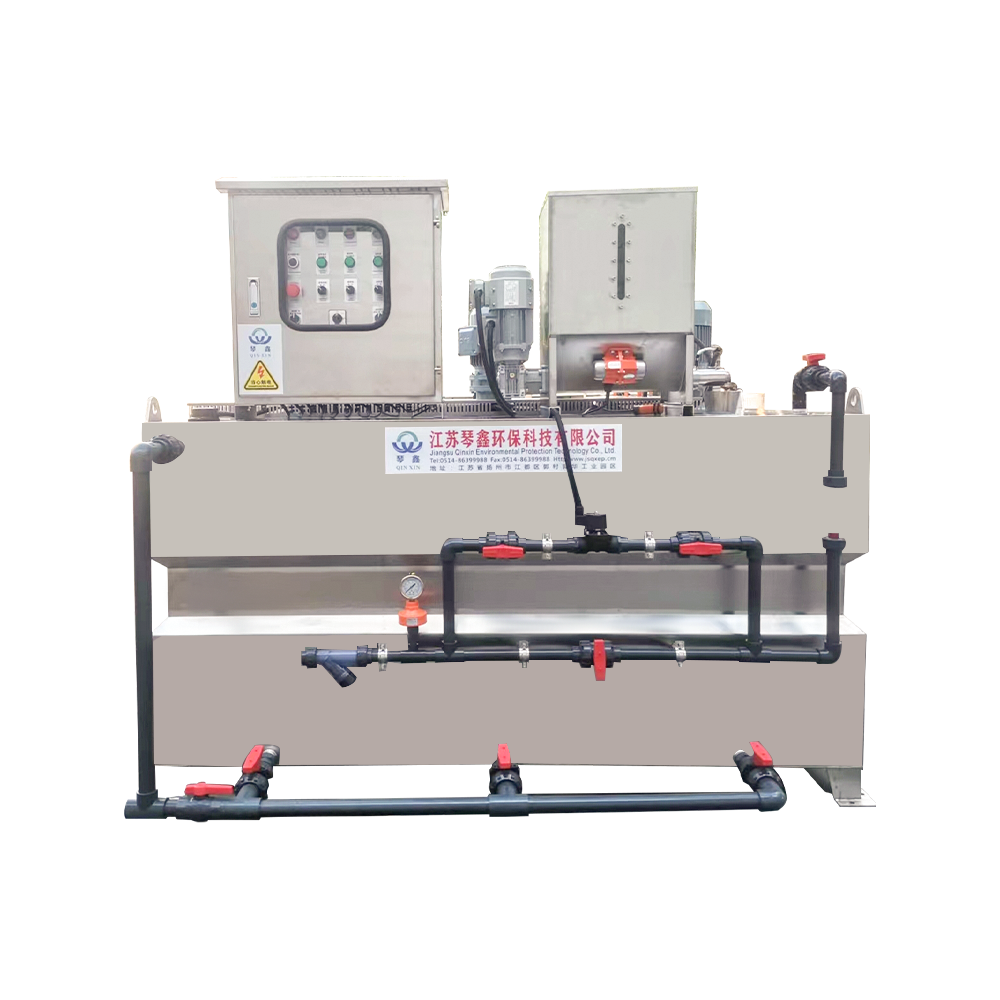

 TOP
TOP